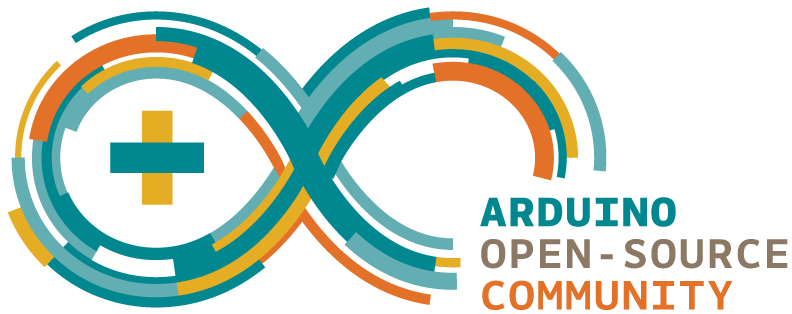ATmega32u4
A conversion takes 13 ADC clocks. The ADC clock needs to be set using a prescaller from the main OSC to give an acceptable ADC clock rate.
To get the full 10 bits of resolution
The successive approximation circuitry requires an input clock frequency between 50kHz to 200kHz.
Faster with 10bit resolution
Setting the ADHSM bit in ADCSRB allows an increased ADC clock frequency at the expense of higher power consumption. Setting it to 1 enables the ADC High Speed mode.
Faster with less resolution
If a lower resolution than 10 bits is needed, the input clock frequency to the ADC can be higher than 200kHz to get a higher sample rate.
Arduino default ADC clock rate
16 MHz divided by a prescale factor of 128
16MHz / 128 = 125kHz ADC clock x 13 clocks = 104uS per conversion = 9615Hz
Faster analog reads using Arduino
The Arduino digital and anlog read/write abstractions that make the platform so easy to use reduce the execution time over what could be achieved if using low level code to directly access the analog input peripheral.
A simple change is to alter the prescale setting which will cause analogRead() to return faster, but potentially with a loss of resolution. For more refined control you’ll need to access other AtoD register directly.
The ATmega32u4 is specified as offering: 65 – 260μs Conversion Time and ADC clock frequency between 50kHz to 200kHz to get maximum resolution. 13 ADC clocks per conversion at 200kHz = 65uS.
The Arduino uses a 16MHz oscillator to give 16MHz clock speed.
Prescaling is set by the ADPS bits in ADCSRA. Available division factors are: 2, 4, 8, 16, 32, 64, 128,
The conversion time for the standard Arduino implementation:
16MHz / 128 = 125kHz ADC clock x 13 = 104uS per conversion
Changing the prescaler to 64 would give:
16MHz / 64 = 250kHz ADC clock x 13 = 52uS per conversion
This is too fast for 10 bit resolution, which is why 128 is used.

